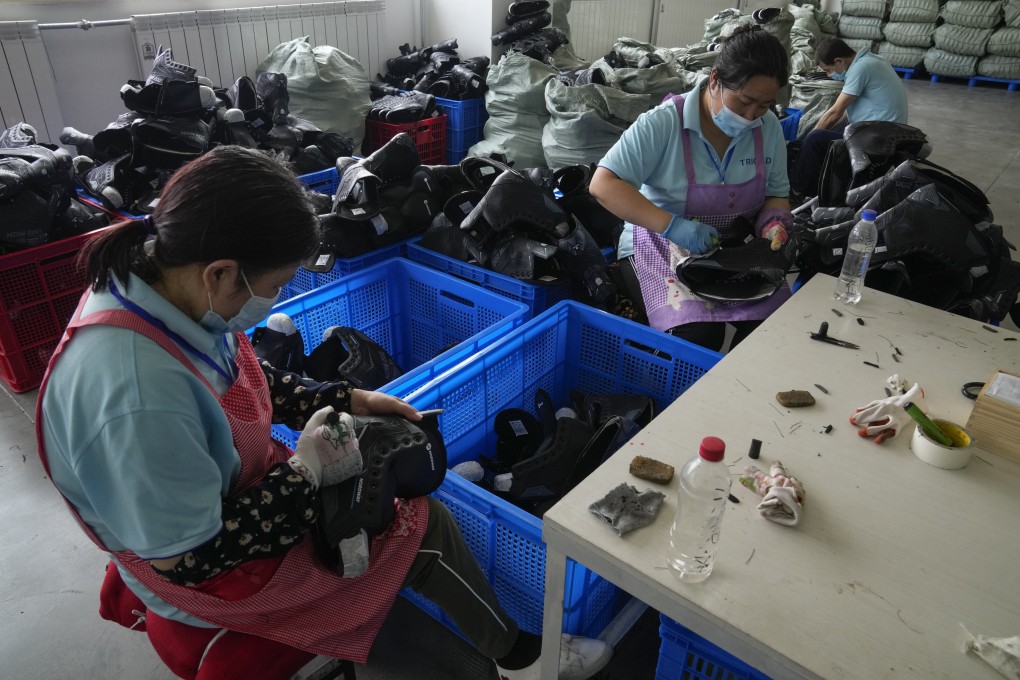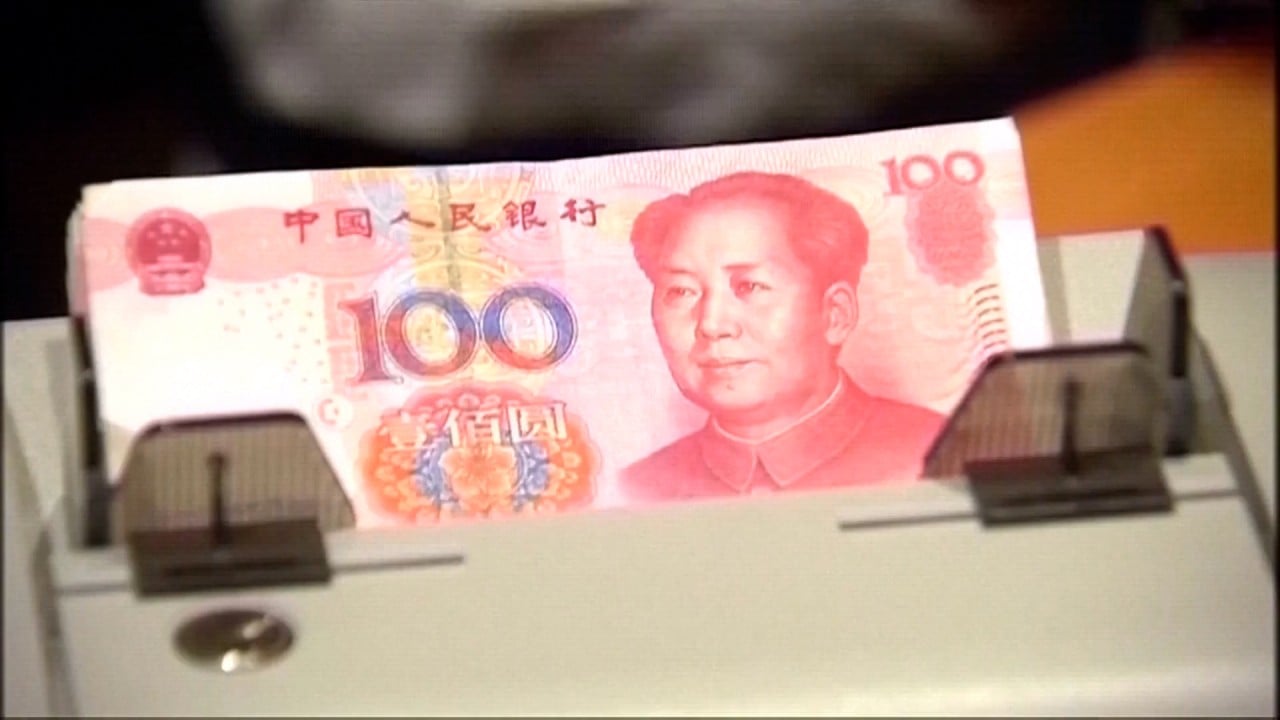Macroscope | Why China’s slowing growth need not worry emerging Asia
- China’s slowdown is likely to weigh on the export performance of its regional trading partners, but policy easing by Beijing and solid demand from major developed economies are likely to mitigate the impact

Given the close economic links, slower growth momentum in China casts a shadow over the growth outlook for the rest of emerging Asia, mainly through the trade channel.
Among the major growth drivers, exports have been a bright spot for the region since the start of the pandemic while consumption has lagged. Emerging Asia’s exports have been supported by China’s strong growth rebound as the first economy to emerge from the Covid-19 crisis.
After a notable decline in the second quarter last year when Covid-19 first hit, export volume from emerging Asia excluding China rebounded quickly to its pre-pandemic level in the third quarter. This recovery is faster than in previous cycles. For example, following the 2008 global financial crisis, it took almost two years for exports in the region to return to pre-crisis levels.

